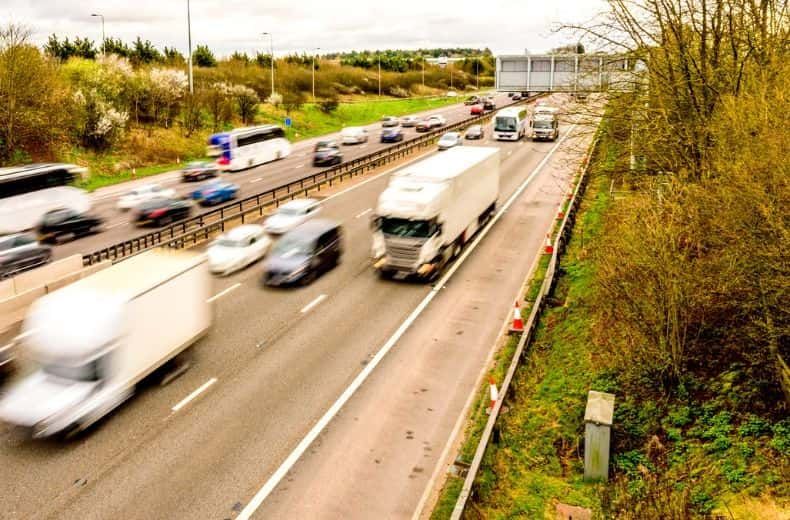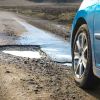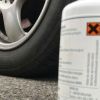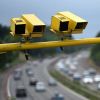The introduction of smart motorways has left some motorists unsure of what they can and can’t do on the hard shoulder.
To clear up any confusion, here’s our helpful guide to everything you need to know about the hard shoulder and what you should and shouldn’t be doing next time you’re motorway driving.
If you need assistance you can call the RAC on 0330 159 1111 whether you are a member or not. You can also get immediate cover here, which might work out cheaper if you are not a member.

RAC sale – up to 33% off*
• Roadside cover from £5.29 a month†
• We get to most breakdowns in 60 mins or less
• Our patrols fix 4/5 breakdowns on the spot

Guide contents:
- What is the hard shoulder?
- Why do motorways have a hard shoulder
- Can you drive on the hard shoulder?
- What’s the penalty for driving on the hard shoulder?
- What is a smart motorway?
- Can you pull over on the hard shoulder?
- Can you call the RAC out without breakdown cover?
- Can you walk on the hard shoulder if your car breaks down?
- How do you use an SOS phone?

Instant cover available
• 24/7 rescue at the roadside
• Help to get home if your vehicle can't be fixed
• 5 star Defaqto rated cover

What is the hard shoulder?
The hard shoulder is a hardened strip of land that runs along the edge of motorways to the left of the left-hand lane, also known as lane one.
The ‘shoulder’ of a road is the land to the edge of the road. On most roads without pavements, the shoulder is a strip of grass or a hedgerow. This is known as a ‘soft shoulder’.
On a motorway, this strip of land is hardstanding, hence the name ‘hard shoulder.’ In the UK, the hard shoulder has a standard width of 3.3m and is separated from the motorway’s driving lanes by a solid white line.
READ MORE: 10 driving offences you didn’t know were illegal
Why do motorways have a hard shoulder?
When the motorway network was introduced across the UK back in the 1960s, hard shoulders were provided along all routes for two key reasons.
Firstly, the hard shoulder acts as a refuge for any broken-down vehicles safely away from the flow of traffic. Secondly, the hard shoulder doubles as an emergency lane, allowing emergency vehicles to bypass traffic and get to the scene of an accident.
Can you drive on the hard shoulder?
In most circumstances, driving on the hard shoulder is illegal and will see you penalised by the police. However, there are certain exceptions to this rule.
If you’re directed to use the hard shoulder by a traffic police officer or Highways Agency patrol officer then it is acceptable to drive on the hard shoulder. This could be because of a collision or other incident on the road ahead.
READ MORE: Regular car checks to help prevent a breakdown and keep you safe
The other common exception is roadworks. If a yellow sign directs you to use the hard shoulder as a driving lane then it is perfectly legal to do so — just be aware that when the roadworks finish you’ll need to move back across to a driving lane.
The final exception is smart motorways. On smart motorways there will be signs indicating if you are allowed to drive on the hard shoulder. If you’re unsure whether you’re driving on a smart motorway then do not use the hard shoulder.
What’s the penalty for driving on the hard shoulder?
Inappropriate use of the hard shoulder, a charge which includes illegally using it as a traffic lane, will see offenders hit by a £100 fine and 3 points on their licence.
What is a smart motorway?
A smart motorway is a section of motorway that uses traffic management measures to increase capacity and manage traffic flow. These measures include both the permanent and temporary use of the hard shoulder as a traffic lane.
Although Highways England figures show that journey reliability is up 22% since smart motorways were introduced in 2006, the intermittent use of the hard shoulder for traffic has caused confusion and is seen as dangerous by many drivers and motoring organisations.
The RAC argues that the permanent removal of the hard shoulder increases the risk to motorists who break down. To combat this, the RAC is working with Highways England to improve accessibility and visibility of emergency refuge areas for stricken vehicles.
If you want to learn more, read our handy guide to smart motorways.
Can you pull over on the hard shoulder?
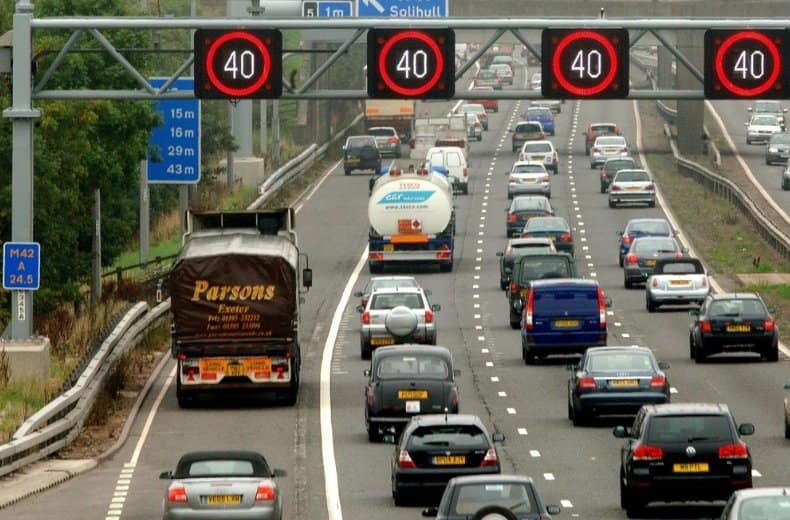
Pulling over onto the hard shoulder is incredibly dangerous and could lead to the death or serious injury of you or your passengers if you or your car are struck by a fast-moving vehicle. According to Highways England, over 100 people are killed or injured on hard shoulders every year – so it should only be used as a last resort.
If you need to stop your vehicle on the motorway, the RAC recommends leaving the motorway as soon as possible and finding a safe place to do so away from the highway, whether this is at a motorway junction or a service station.
Drivers should only stop on the hard shoulder in an emergency — including a mechanical breakdown or a medical emergency — or if told to do so by the police. Any other reason will see you incur the £100 fine and three penalty points.
Emergencies do not include:
- Making or receiving phone calls
- Going to the toilet
- Taking a break because you’re tired, to name a few
If you need to do any of these you should stop at a motorway service station.
If you need to stop on the hard shoulder, park to the far left of the road, put on your hazard lights and sidelights to warn other drivers that your car is stationary, and get out of the car using the left-hand doors before waiting behind the barrier.
- Motorway cameras - what you need to know
- Smart motorways and driver safety
- Learner drivers on motorways — everything you need to know
Can you call the RAC out without breakdown cover?
Yes. If your car breaks down on the motorway but you don’t have breakdown cover, you can still call the RAC for breakdown assistance.
Call our hotline on 0333 2000 999 and speak to one of our operators who will be able to set you up on any one of our annual breakdown cover policies immediately. Please note that for the first 24 hours of your policy you will be put on our Roadside Assistance Only policy.
Can you walk on the hard shoulder if your car breaks down?
If you have an emergency and need to pull over onto the hard shoulder, all passengers should get out of the vehicle immediately through the left-hand passenger doors to avoid traffic, then move behind the roadside barrier.
If you’re unable to use a mobile phone to call for breakdown assistance, you’ll need to walk to one of the emergency phones located along the hard shoulder.
In this case it is perfectly legal to walk on the hard shoulder but be aware that this is extremely dangerous. Always walk towards oncoming traffic and be cautious to avoid being hit by a car moving into the hard shoulder.
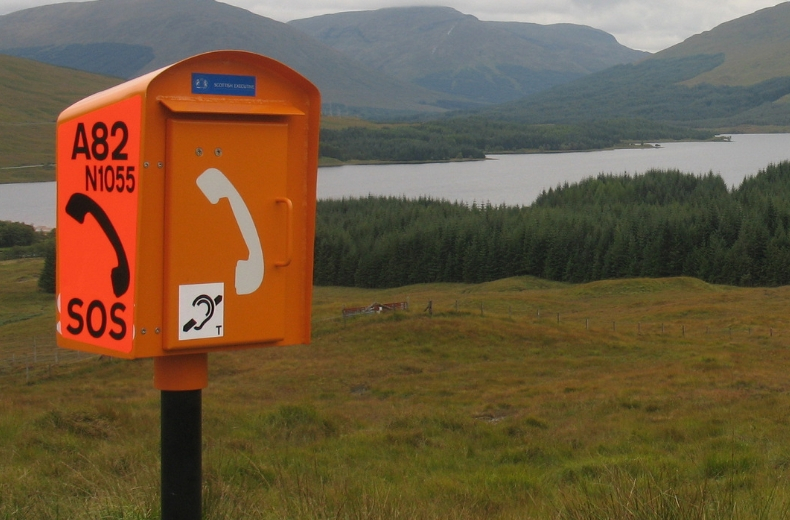
How do you use an SOS phone?
SOS phones are located at one-mile intervals along the length of the hard shoulder in bright orange boxes. They are free to use and will connect automatically to the police or Highways Agency.
Tell the operator the number on the phone so that they can locate you and give as many details as you can about your situation to help you get assistance as soon as possible.
Did you know, you can get fined for moving out of the way of an ambulance?
Want more useful content like this sent straight to your inbox?

